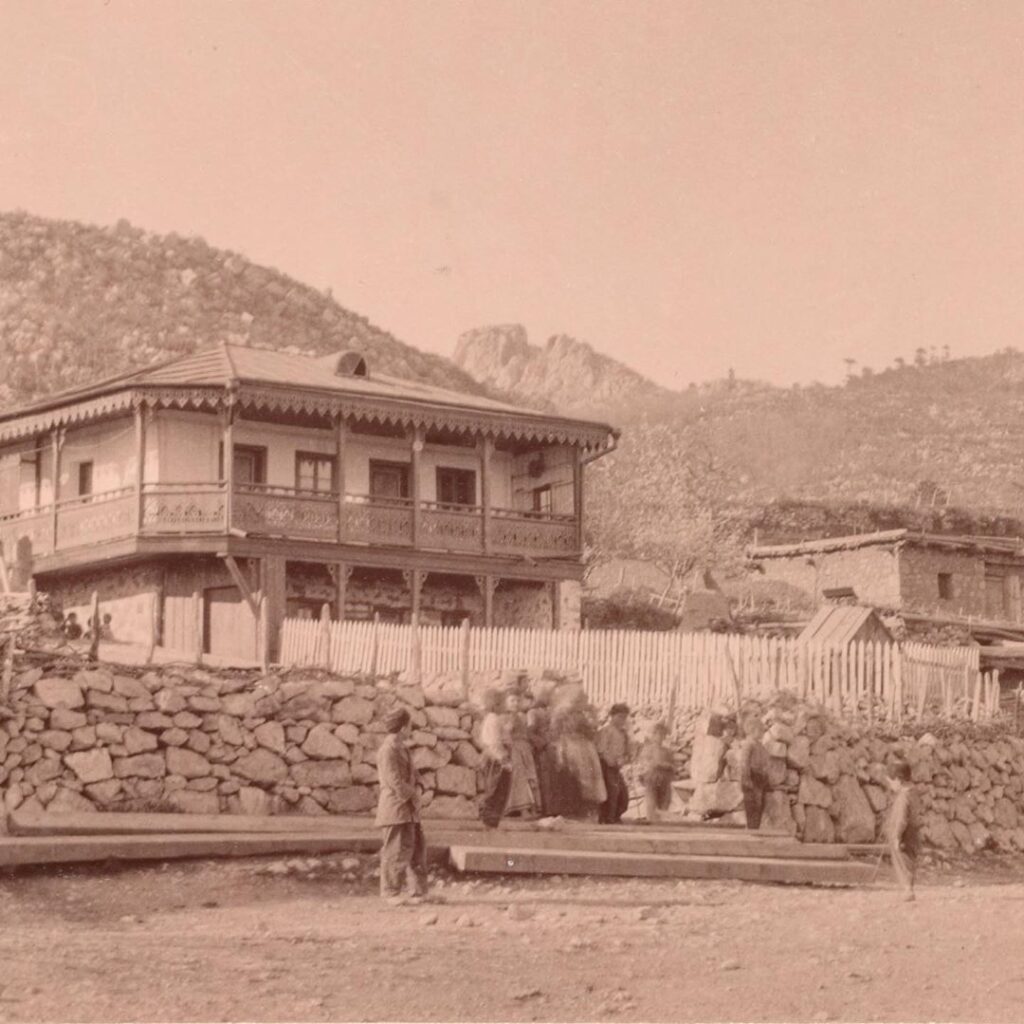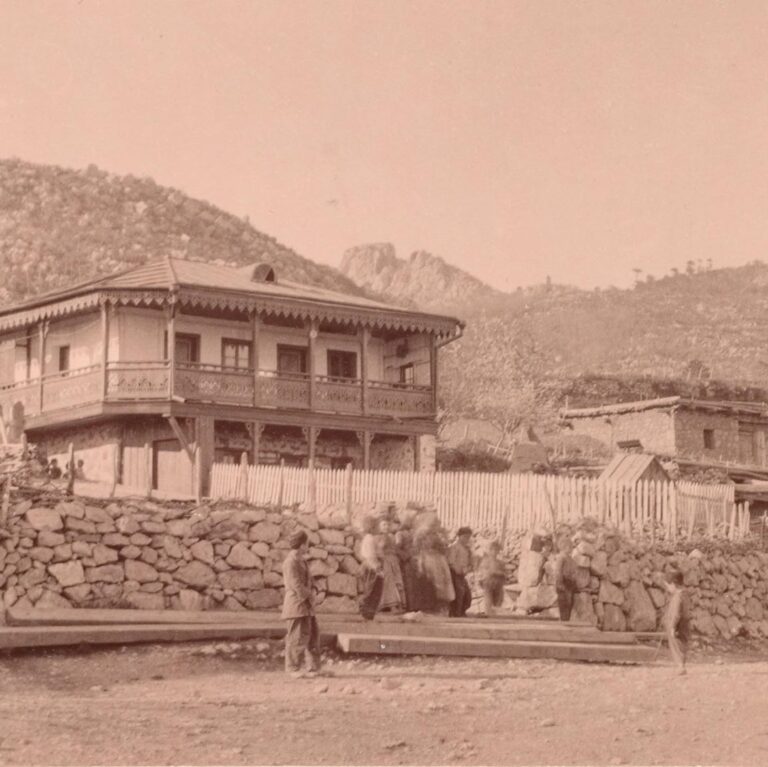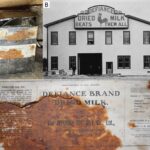Museum collections targeted in the war on Ukrainian culture
“Plundering and stealing cultural objects shows how important culture is. They see the value of the culture and thus regard it as an enemy,”
says Maria Silina, art historian and visiting researcher at Södertörn University.
Throughout history, objects, artefacts and art have been the targets of warring and colonial powers, with archaeological digs being among the most exploited of all historic sites. This makes them pawns in the political war game – and in what follows. A recent conference at Södertörn University’s Centre for Baltic and East European Studies brought together researchers and representatives from Swedish and Ukrainian museums.
“The aim was to strengthen the links between these countries’ museums, but not just because of the ongoing war. Relations between Russia and Ukraine have always been problematic, largely because Russia is and was a large empire. Ukraine has a rich history and had many valuable relics from the Byzantine Empire, for example, but Russia used its greater resources to move artefacts to museums in St Petersburg,” says Silina.
Normality in times of war
Representatives from various Ukrainian museums were invited to the conference, and they shared their experiences of the time that has passed since the Russian invasion and how they currently work.
“One speaker talked about the importance of their own identity as a Crimean Tartar, and about how Russia – after occupying Crimea in 2014 – has started to renovate museums. However, they are rewriting history by replacing paintings, objects and buildings to suit their narrative, they said.”
Nothing has been normal in Ukraine since February 2022, and this also applies to the country’s museums. They have been given other tasks and reorganised their work, but they have not closed.
“There is a lot of activity going on. They are preserving and digitalising, but they are also producing exhibitions – people need culture, a place to rest and to meet, to strengthen social bonds,” says Silina.
Long-term work
There are already well-established ties between Swedish and Ukrainian museums, and exhibitions have been organised with Ukrainian museum staff. Nordiska museet (the Nordic Museum) has opened an activity centre for Ukrainian families.
One question that has been discussed is security – how can artefacts be protected and what should be protected?
“This won’t happen overnight and must be seen as part of a broader picture, just like protecting other areas of society. Artefacts need to be registered and documented – and not just artefacts, also testimonies about what is happening, and exhibitions. This is to guarantee that they can be traced and, if they vanish, then knowledge of them remains. All around the country, small local museums have objects and treasures that are important for our shared history, but they do not have the resources to manage their protection themselves, so infrastructure is necessary.”
Discussions at the conference also landed in how politicians and officials with responsibility for cultural issues must be educated, as they do not necessarily now have the right knowledge for determining which artefacts possess historical and cultural importance. This is where the skills of archaeologists, historians and museums representatives are necessary.
“We must cooperate more, talk more, because this is an investment. I was delighted to see the huge commitment among the conference attendees. And we must realise that his is about so much more than the current war – that that was a wake-up call for the Swedish museums,” concludes Silina.

Press release from Södertörn University.



